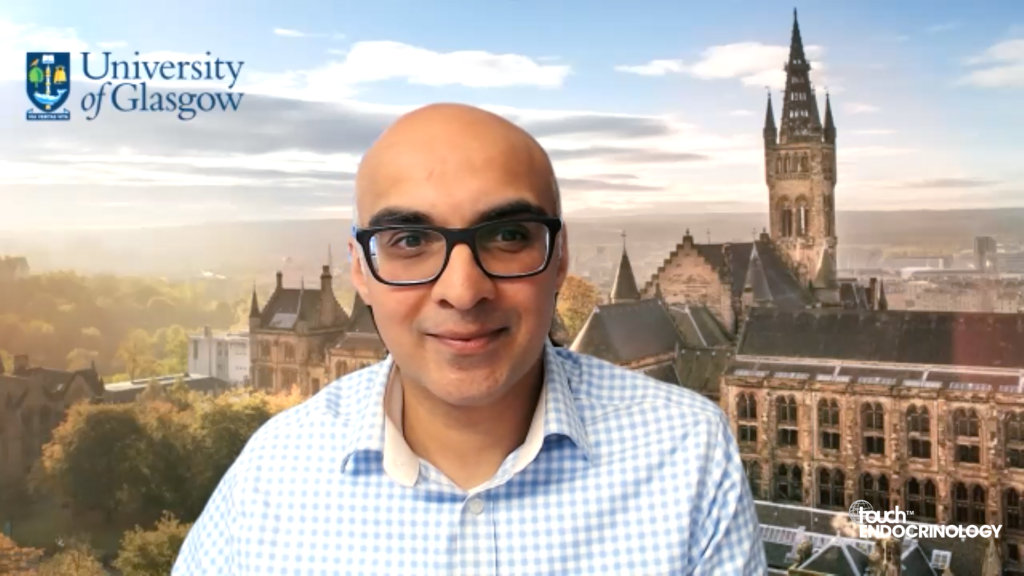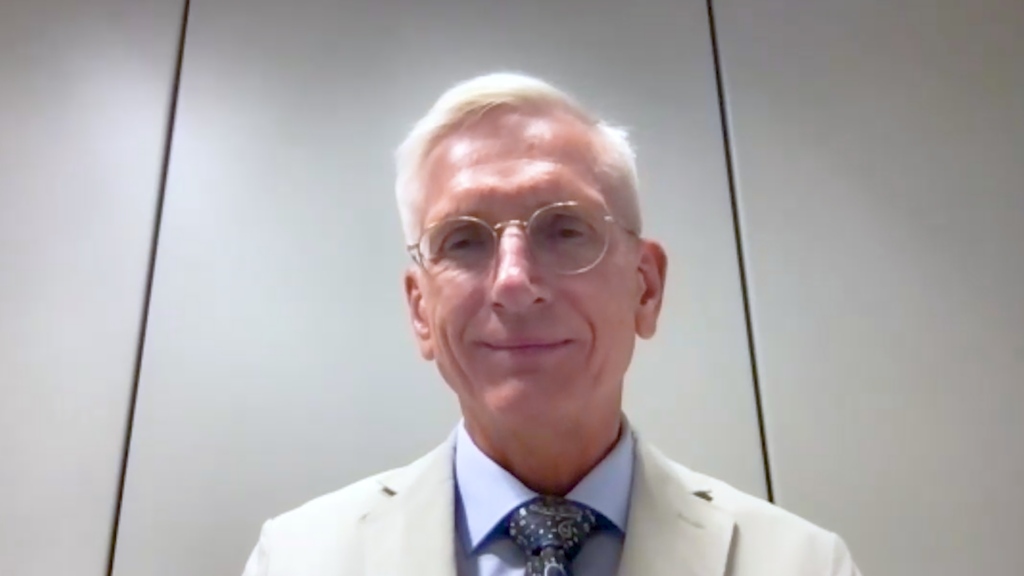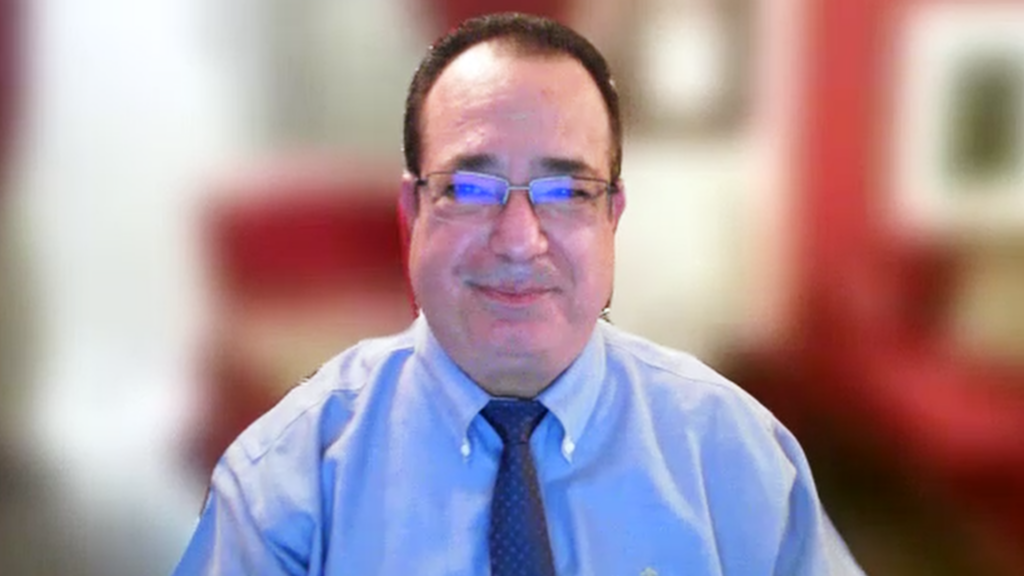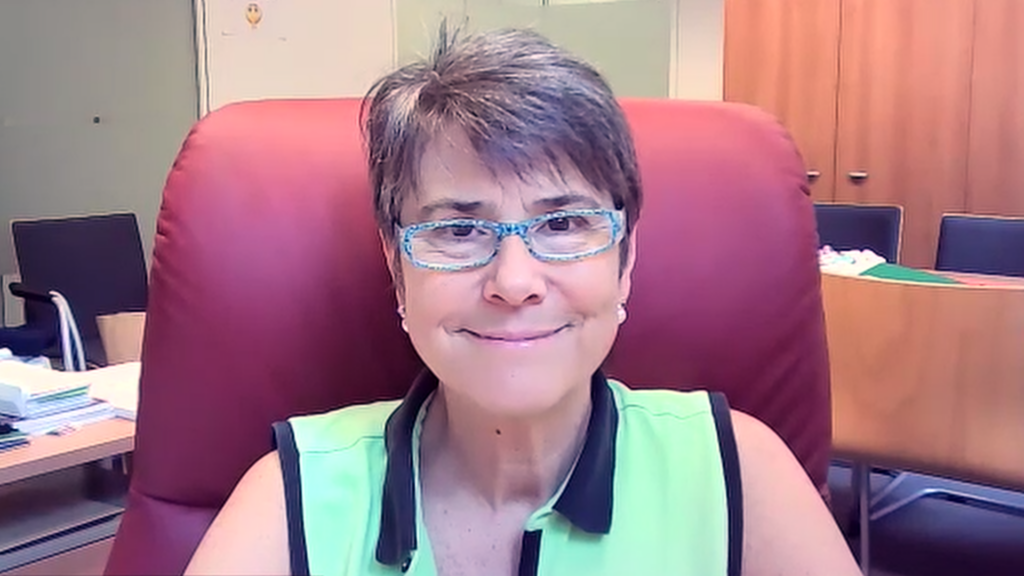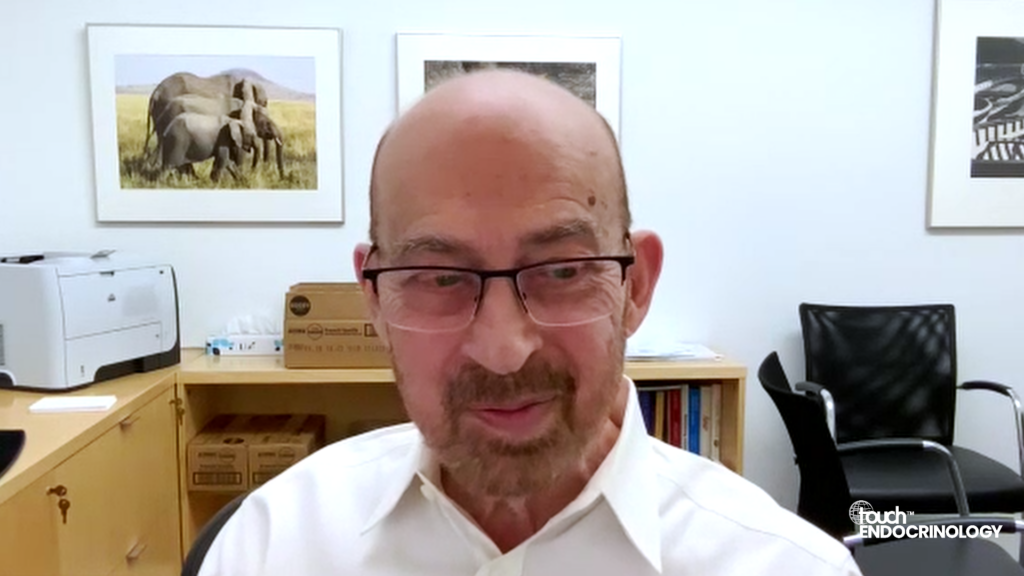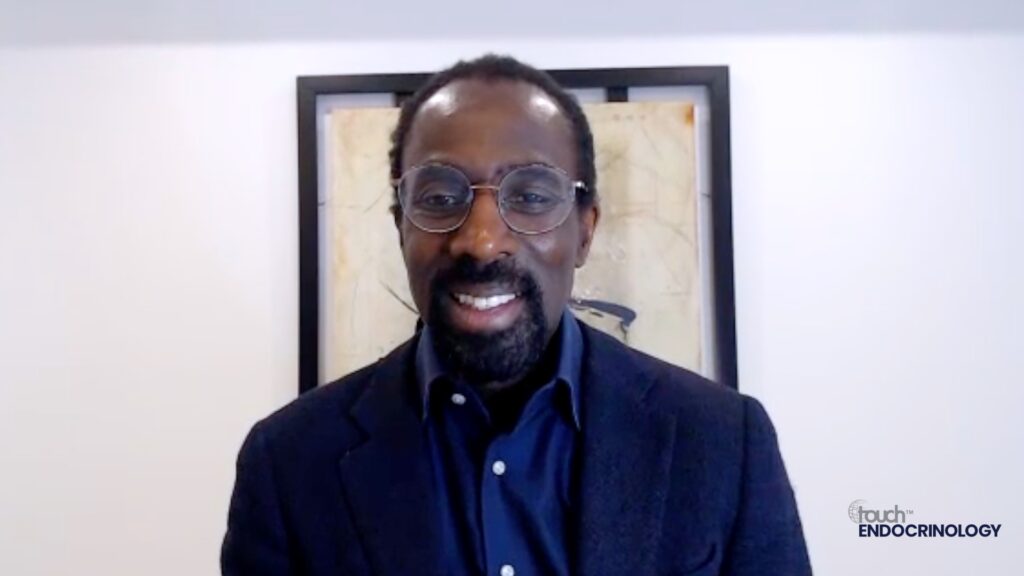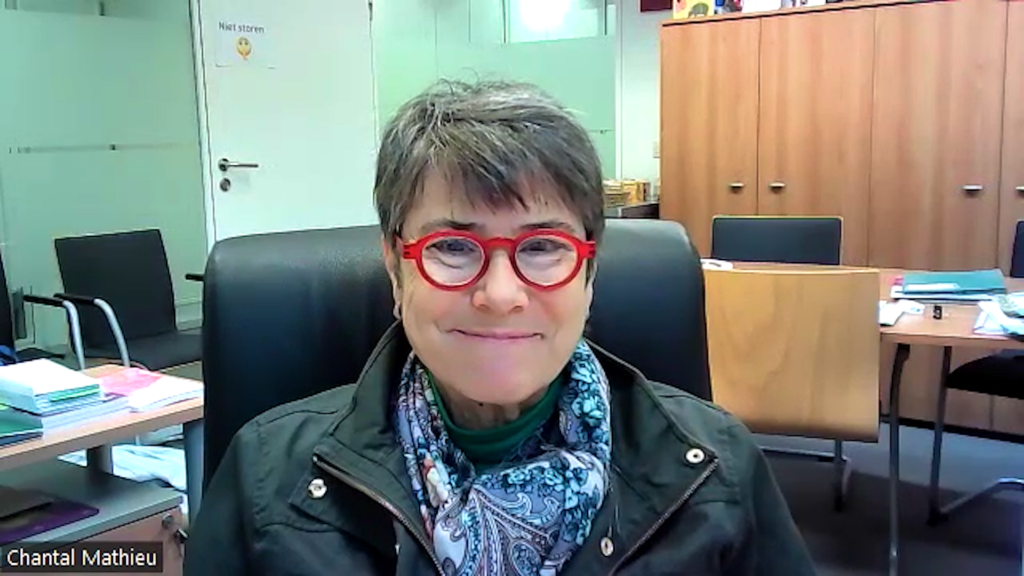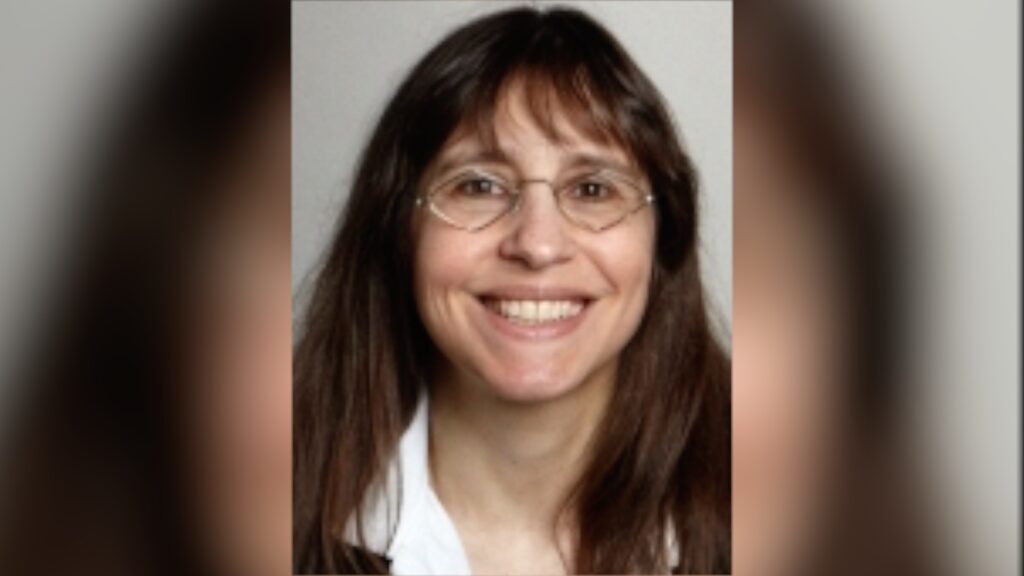Diabetic foot ulcer is a complication of diabetes with a yearly incidence around 2–4%. Ulcer healing can take weeks or months, with one-third of ulcers never healing.1 In this touchENDOCRINOLOGY interview, Dr Ashu Rastogi (Post Graduate Institute of Medical Education and Research (PGIMER), Chandigarh, India) discusses the goals of diabetic foot treatment as well as the challenges faced in routine management of diabetic foot disease and associated ulcers including the unmet needs with current standard of care.
The abstract entitled: ‘Novel topical esmolol hydrochloride for diabetic foot ulcer: phase 3, randomised, double-blind, placebo-controlled, multi-centre study’ was presented at the European Association for the Study of Diabetes, 19-23 Sept, 2022.
1. Boulton AJ, Vileikyte L, Ragnarson-Tennvall G, Apelqvist J. The global burden of diabetic foot disease. The Lancet. 2005;366(9498):1719–24.
Questions:
- What are the challenges faced in routine management of diabetic foot disease and associated ulcers? (0:25)
- What is the rationale behind using a beta-blocker for treatment of diabetic foot ulcer healing? (1:58)
- What are the goals of diabetic foot treatment and what are the unmet needs with current standard of care? (3:27)
Disclosures: Ashu Rastogi has nothing to disclose in relation to this video interview.
Support: Interview supported by Touch Medical Media. Interview conducted by Shanice Allen.
Recorded as a highlight of EASD 2022


